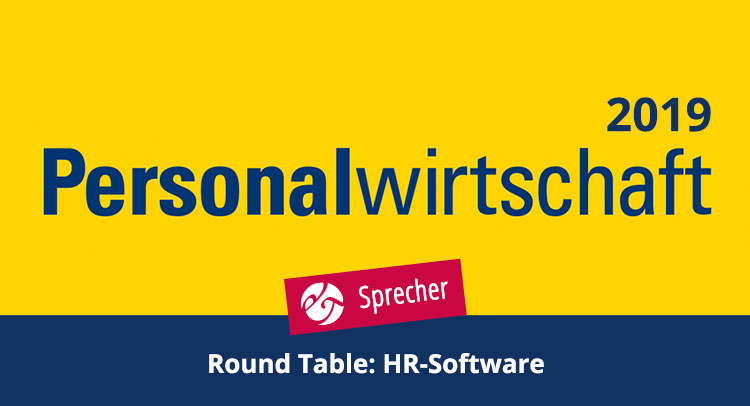
What is currently going on in the field of HR software?
In the age of digitization, the advantages of HR tools and systems are undisputed. However, HR departments have very different ways of handling the topic. Numbers-based analyses in recruiting can improve the process and contribute to corporate success. However, HR is about five years behind e-commerce in this area. This is true in particular of small and mid-sized companies, who often lack the expertise to make sound decisions on their future software equipment. Complete systems do offer a broad range of functions, but are typically more difficult to operate. On the other hand, there are good, inexpensive and simple solutions for some HR processes that can provide a faster and more targeted approach. “I think you can work in a more agile way if you look at specialised software developers in some areas who themselves run agile companies” says milch & zucker CEO Ingolf Teetz. They can complete the process from product development to marketing more quickly. Another advantage is that you as the customer can act in a more agile fashion than if you were dependent on a single provider. In any case, the needs of other departments – like IT, for instance – should be taken into account in the decision. Interfaces for connections to other systems later on also need to be considered.
Human and machine
Progress in innovative fields like artificial intelligence and data analytics has moved very quickly in recent years. These fields take huge quantities of data – and smart HR applications. Language recognition is already highly advanced, for instance allowing chatbots to communicate with interested applicants around the clock. However, currently HR software cannot make completely independent decisions based on artificial intelligence. According to Ingolf Teetz, a system could be taught to classify certain things using patterns and machine learning. The decisions it would make based on these may be good ones, but couldn’t be traced. “If you can no longer say how a decision was made, or whether the machine could have discriminated against an applicant, then HR professionals have a problem”.
Conclusion
Despite advances in digitization, currently there seems to be a clear return to more human qualities. The objective is to find out what problems HR software and applicant management systems are good at solving. Everyone involved agrees that the technology can primarily take over administrative tasks from humans and help them make better decisions. However, we are facing another major challenge: the lack of trained professionals. “If there is no one there, then we can’t hire anyone” says Ingolf Teetz. In addition, technology isn’t a cure-all. “Agile teams located close to one another, in my experience, work better because they are people who are working together”.